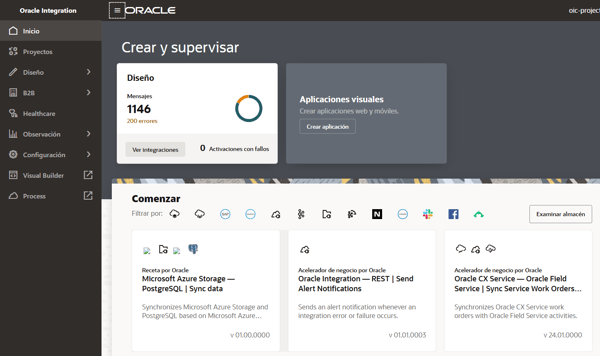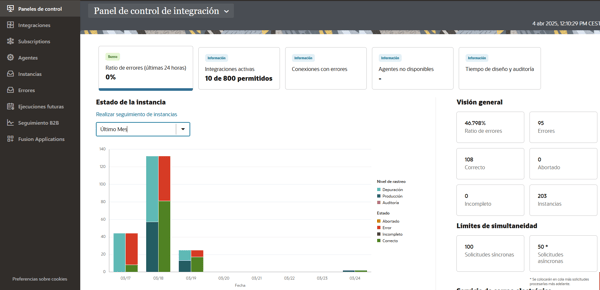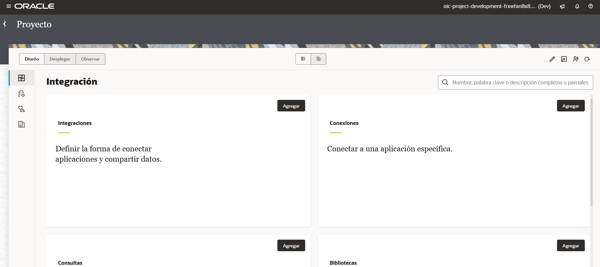As many of our customers already know, during 2025, the migration of Oracle Integration Cloud environments to Generation 3 will take place. OIC Gen3 is a self-managed and pre-configured platform that offers the ability to automate processes, integrate both local and cloud applications, and facilitate application development, among other functions.
Throughout this blog, we will explore some of the advantages of migrating to Generation 3 and examine the new features introduced in this new version of OIC in comparison to the old generation.
%20-%20BLOG%20-%20Unikal%20-%20DIG.png?width=700&height=394&name=IMG%20RRSS%20(ING)%20-%20BLOG%20-%20Unikal%20-%20DIG.png)
Main Oracle Integration Cloud features
Before explaining these differences, we will explain what the main functionalities of OIC are:
- Create business process applications to automate and manage workflows, whether structured or dynamic.
- Design integrations to monitor and manage connections between applications, selecting from a portfolio of hundreds of adapters to connect to Oracle and third-party applications.
- Develop visual applications with integrated Visual Builder functionality.
- Store and retrieve files in Oracle Integration using the embedded SFTP-compliant file server.
- Create integrations that use B2B e-commerce to extend business processes and reach trading partners.

Gen3's most relevant unique capabilities
In addition to all these functionalities - many of which were already present in Generation 2 - there are now several capabilities unique to OIC Gen3, along with enhancements to previously existing features. The most relevant of these are discussed below:
 RPA (Robot Process Automation).
RPA (Robot Process Automation).
Robot automation is now available in OIC as of February 2025. Just as an integration relies on automating APIs, RPA does the same with UIs. When you want to connect to an application that has no API or its API is inaccessible, use a Robot.
 Artificial Intelligence in OIC
Artificial Intelligence in OIC
Artificial intelligence arrives on this platform. Within OCI, it will be possible to enable an endpoint that can be called, for example, from within an integration to perform operations with Artificial Intelligence based on the language, such as summarizing a given text.
 Improvements in Integration
Improvements in Integration
At the developer level, several features have been added to make the development process more efficient and user-friendly. The project concept has been created within integrations to improve the organization of components, and adapters have been added for quick pre-set connections between systems, such as RabbitMQ and Asana, and others have been updated with new functionalities, such as Microsoft Dynamics 365 CRM and Salesforce.
 Dashboards
Dashboards
Various changes to the various graphs showing usage and executions of integrations that allow users to get more detailed and comprehensive information about the tool

 Oracle APIs
Oracle APIs
In generation 2, the APIs provided by Oracle were based on basic authentication, i.e. security was done by username and password. This has changed in Generation 3, and security in all these APIs is based on OAuth.

Conclusion
In addition to all these improvements over the previous generation of Oracle Integration Cloud, Oracle, like any other vendor, will begin to give priority to the most recent version of its product over its predecessor. This aspect is important for Oracle's maintenance, since, with time, OIC Gen2 will cease to be maintained; therefore, when solving any problem, it will be necessary to be on the most recent generation of OIC.
For all these reasons, at Unikal we actively recommend to all those who are currently on OIC Gen2 to migrate to Gen3 and of course to those who have not yet tried the advantages of using this tool to ask for a proof of concept, since the benefits of using Oracle Integration Cloud, the leading tool in its sector, are unlimited.